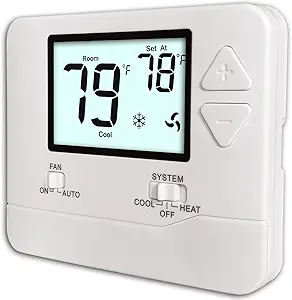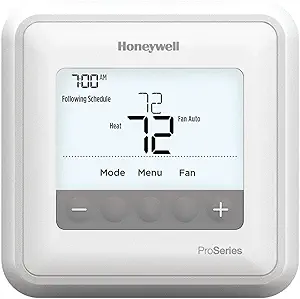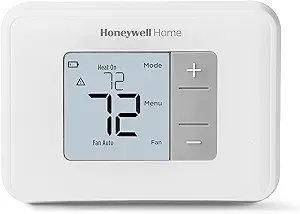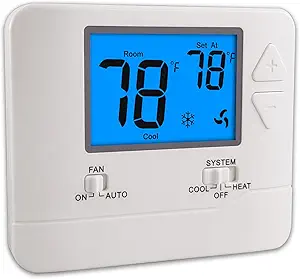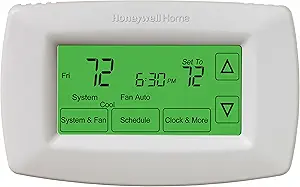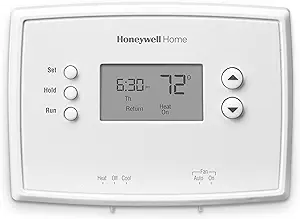The Ultimate Buying Guide for Thermostats: Smart, Programmable, Wi-Fi, and More
Overview
A thermostat is a device that controls the temperature of your home's heating and cooling system. There are many types of thermostats available on the market, from simple manual models to advanced smart thermostats that can learn your preferences and adjust the temperature automatically. In this buying guide, we will cover the different types of thermostats, key considerations when choosing a thermostat, features to look for, prices, tips, and FAQs.
Types
1. Manual Thermostats: These are the simplest and most affordable type of thermostats. They require manual adjustment to change the temperature and offer basic temperature control.
2. Programmable Thermostats: These thermostats allow you to set a schedule for your heating and cooling system. You can program them to turn on and off at specific times of the day, which can help save energy and money.
3. Smart Thermostats: These thermostats connect to your home's Wi-Fi network and can be controlled remotely using a smartphone app. They can also learn your preferences and adjust the temperature automatically based on your behavior.
4. Wi-Fi Thermostats: These thermostats are similar to smart thermostats but do not have the advanced learning capabilities. They can be controlled remotely using a smartphone app and offer more flexibility in temperature control.
Key Considerations
1. Compatibility: Make sure the thermostat you choose is compatible with your HVAC system.
2. Installation: Consider the ease of installation and whether you will need professional help.
3. User Interface: Look for a thermostat with a user-friendly interface that is easy to navigate.
4. Energy Efficiency: Choose a thermostat that can help you save energy and money on your utility bills.
Features
1. Voice Control: Some thermostats offer voice control capabilities, allowing you to adjust the temperature using voice commands.
2. Home Automation: Look for a thermostat that integrates with your home automation system, allowing you to control the temperature along with other smart devices in your home.
3. Learning Capabilities: Smart thermostats can learn your preferences and adjust the temperature automatically based on your behavior.
4. Temperature Alerts: Some thermostats offer temperature alerts, notifying you if the temperature in your home falls outside of a specific range.
Prices
Thermostat prices can range from $20 for a basic manual model to $250 or more for a smart thermostat with advanced features. Consider your budget and the features you need when choosing a thermostat.
Tips
1. Consider upgrading to a programmable or smart thermostat to save energy and money on your utility bills.
2. Choose a thermostat with a user-friendly interface that is easy to navigate.
3. Look for a thermostat with energy-saving features, such as learning capabilities and temperature alerts.
FAQs
Q: How do I know if a thermostat is compatible with my HVAC system?
A: You can check the thermostat's compatibility with your HVAC system by reading the product specifications or consulting with a professional.
Q: Can I install a thermostat myself?
A: It depends on the type of thermostat and your level of experience. Some thermostats are easy to install and come with detailed instructions, while others may require professional help.
Q: Will a programmable thermostat save me money on my utility bills?
A: Yes, a programmable thermostat can help you save money on your utility bills by automatically adjusting the temperature when you are away from home or asleep.
Q: What is the difference between a smart thermostat and a Wi-Fi thermostat?
A: Smart thermostats have advanced learning capabilities and can adjust the temperature automatically based on your behavior. Wi-Fi thermostats can be controlled remotely using a smartphone app but do not have the advanced learning capabilities.



